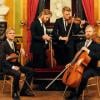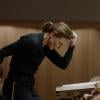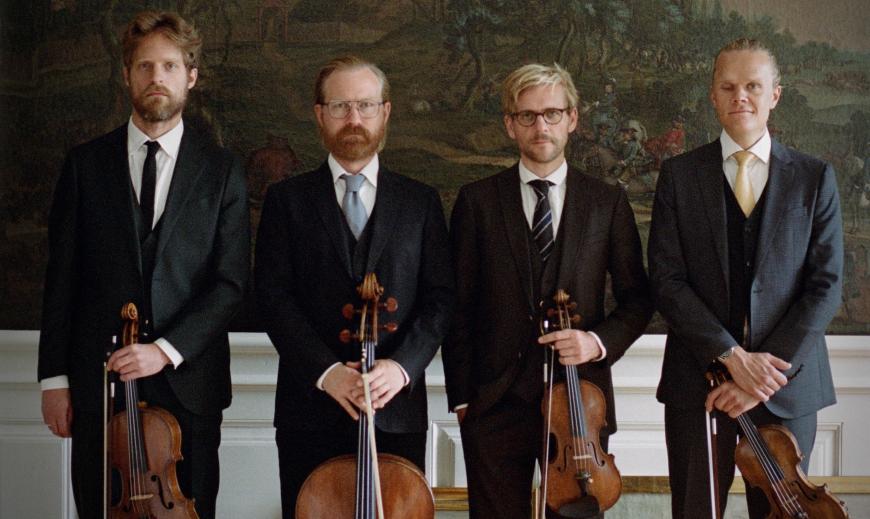
Schubert has been on the collective brain of the Danish String Quartet for a few years now, though with a couple of twists and a bold agenda. The DSQ, which had previously blended old and new music in its multiyear Prisms series, is now deep into its Doppelgänger project, in which Schubert’s late chamber works programmatically embrace newly commissioned pieces from prominent living composers, with Schubertian references here and there.
The third installment of this enticing project has landed in America, and the latest new work — Anna Thorvaldsdottir’s potent and moving Rituals — had its U.S. premiere at UC Santa Barbara on Thursday, April 13. The program traveled to UC Berkeley the next day and ends up at Carnegie Hall on April 20.
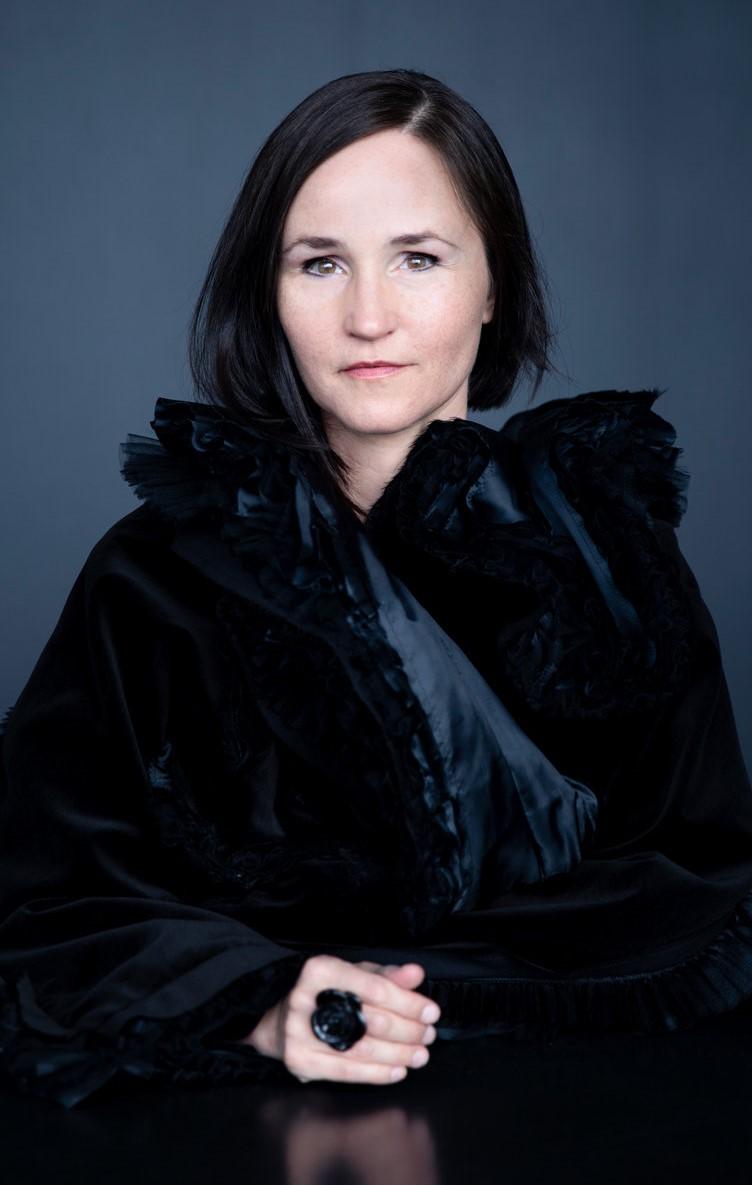
Thorvaldsdottir, the inspired Icelandic composer whose star has recently risen thanks to a mention in the film Tár and to the New York Philharmonic premiere of Catamorphosis in January, joins an illustrious cadre of Doppelgänger composers. The series launched auspiciously with a new piece by Bent Sørensen (actually titled Doppelgänger), continued with music by Lotta Wennäkoski, and concludes next year with a fresh piece by Thomas Adès.
The DSQ’s deep commitment to and insight into Schubert’s quartet canon was duly established in the concert’s first half, devoted to the String Quartet No. 13 (“Rosamunde”), delivered with the seamlessly integrated ensemble voice of this masterful group. These players may look like a fairly young bunch, but they’re celebrating their 20th anniversary this season. More Schubert, the compact Quartettsatz, opened the second half and served as a warming segue to Thorvaldsdottir’s centerpiece.
Rituals is a proud and distinctively realized contribution to this project. Its ever-shifting and vaguely ritualistic 11-section structure is steeped in Thorvaldsdottir’s established yet malleable artistic voice. She’s a true poet among current high-profile composers, writing with a blend of sonic sensuousness, intuitive structures, and “stream of consciousness” pursuits. Abstraction and extended techniques interact with lyricism and melodic grace, and surprises are around many corners. And yes, Rituals does contain detectable echoes of Schubert.
Opening with a rugged snap and droning long tones, the piece flows into a Schubertian chord and gesture, which tilts and fractures. A languid hymn-like minor mode veers into a shifting penumbra of droning tones and textures, and somehow a post-romantic haze hovers over the score, colored by stern Nordic melancholy. Bending tones recur throughout, as if shapeshifted through glissandi and feinting intonations.
In all, Rituals unfolds as a cohesive string, from a repetitive dirge-like theme to unhinged abstract sections. It’s a restless trajectory but never disjointed, with ghostly remnants of Schubert through a clearly contemporary prism. To close, the work devolves into a pizzicato and gestural soup, leaving the cello to play the final, slowly fading/falling note.
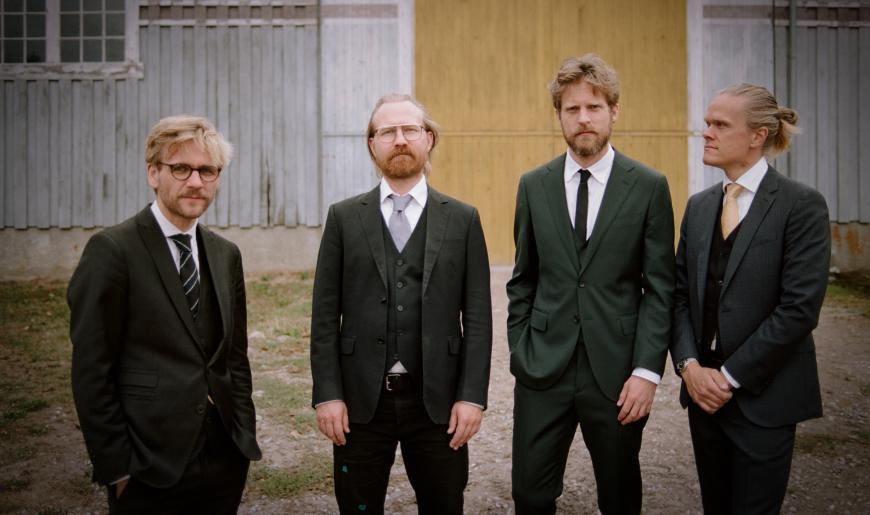
Not surprisingly, the DSQ delivered a powerfully persuasive account of this engaging and enigmatic piece. To contrast Rituals, the concert closed with the group’s arrangement of the deceptively tuneful and direct “Gretchen am Spinnrade,” Schubert’s song setting of Goethe’s poem, its textures amended by the DSQ with a few strategic twists of a customized music box between sections. The music box itself allied with the theme of Gretchen’s spinning wheel while also adding variety to the otherwise strictly strings orientation of the evening.
Finally, the Quartet leaned into its Scandinavian side for a vibrant encore of a Swedish folk tune. Word has it that a new folk album (on ECM Records) is in the works. That’s more to look forward to from the DSQ, along with the continuing adventures of Schubert and company.


